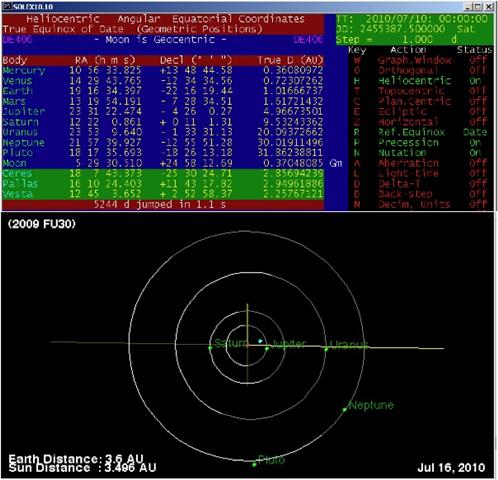Advertisement
If you have a new account but are having problems posting or verifying your account, please email us on hello@boards.ie for help. Thanks :)
Hello all! Please ensure that you are posting a new thread or question in the appropriate forum. The Feedback forum is overwhelmed with questions that are having to be moved elsewhere. If you need help to verify your account contact hello@boards.ie
Hi there,
There is an issue with role permissions that is being worked on at the moment.
If you are having trouble with access or permissions on regional forums please post here to get access: https://www.boards.ie/discussion/2058365403/you-do-not-have-permission-for-that#latest
There is an issue with role permissions that is being worked on at the moment.
If you are having trouble with access or permissions on regional forums please post here to get access: https://www.boards.ie/discussion/2058365403/you-do-not-have-permission-for-that#latest
The sun is dead!! Mini iceage???
Comments
-
-
-
-
-
-
Advertisement
-
-
-
-
-
-
Advertisement
-
-
-
-
-
-
-
-
-
-
-
Advertisement
-
-
-
-
-
-
-
-
-
-
Advertisement
-
-
-
-
-
-
-
Advertisement
-
-
-
-
-
-
Advertisement
-
-
-
-
-
-
-
-
-
-
-
Advertisement
Advertisement




















 JPL research scientists concluded the quake shortened the length of an Earth day by about 1.26 microseconds (a microsecond is one millionth of a second).
JPL research scientists concluded the quake shortened the length of an Earth day by about 1.26 microseconds (a microsecond is one millionth of a second).








 Figure 1. Turku Winter temperature December-February 1951-2010 and corresponding Arctic Oscillation index, data from NOAA (2010).
Figure 1. Turku Winter temperature December-February 1951-2010 and corresponding Arctic Oscillation index, data from NOAA (2010). Figure 2. Same as Figure 1., but the Arctic Oscillation index is by means of regression analysis converted to the same scale as the Turku winter temperature.
Figure 2. Same as Figure 1., but the Arctic Oscillation index is by means of regression analysis converted to the same scale as the Turku winter temperature. Figure 3. Probability density diagram for the Arctic Oscillation index for December-February 1951-2010.
Figure 3. Probability density diagram for the Arctic Oscillation index for December-February 1951-2010. Figure 4. Probability density diagram for the Quasi-Biennial Oscillation index for December-February 1951-2010.
Figure 4. Probability density diagram for the Quasi-Biennial Oscillation index for December-February 1951-2010.

 Figure 7. Turku winter temperature as a function of solar activity and Quasi-Biennial oscillation.
Figure 7. Turku winter temperature as a function of solar activity and Quasi-Biennial oscillation.







